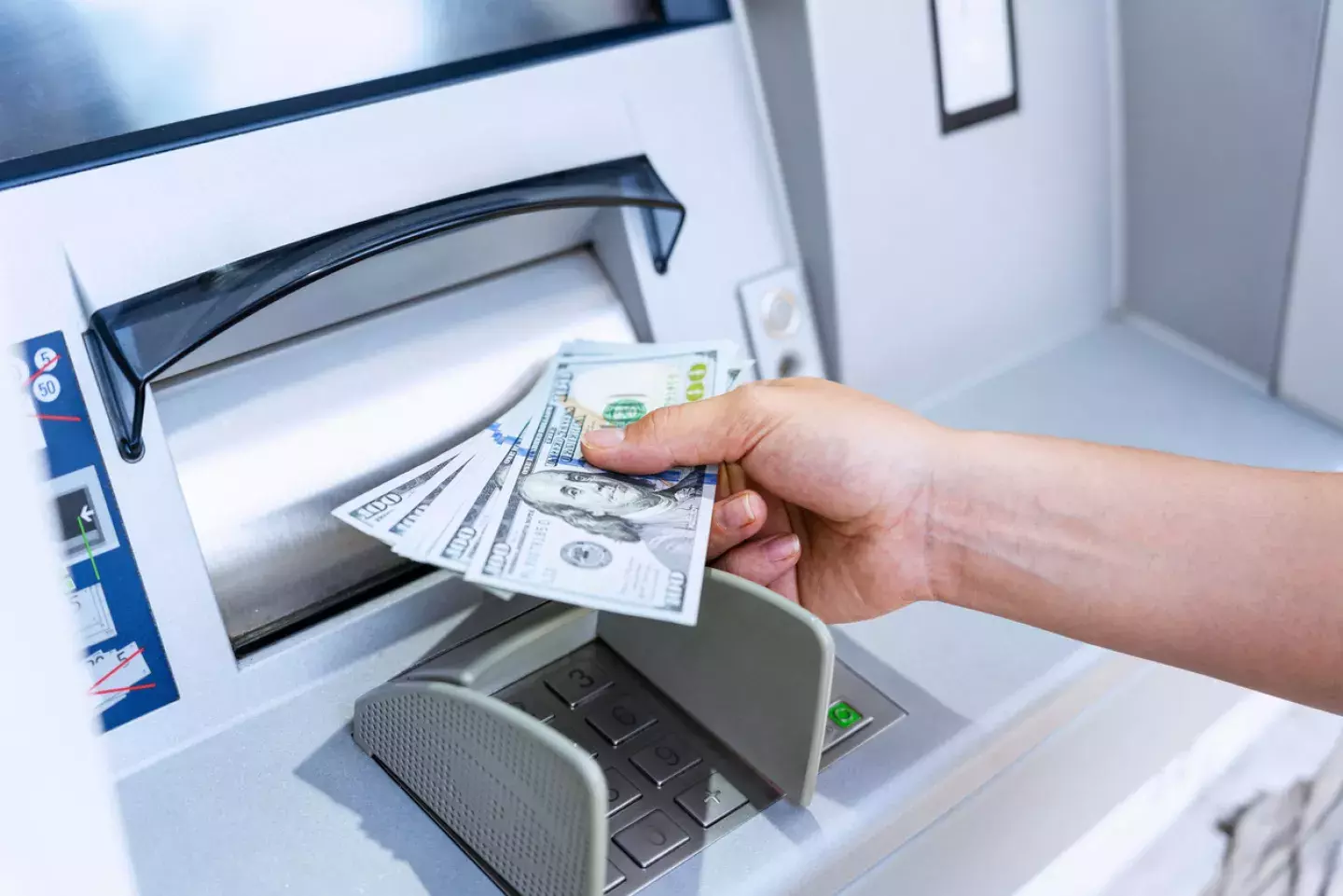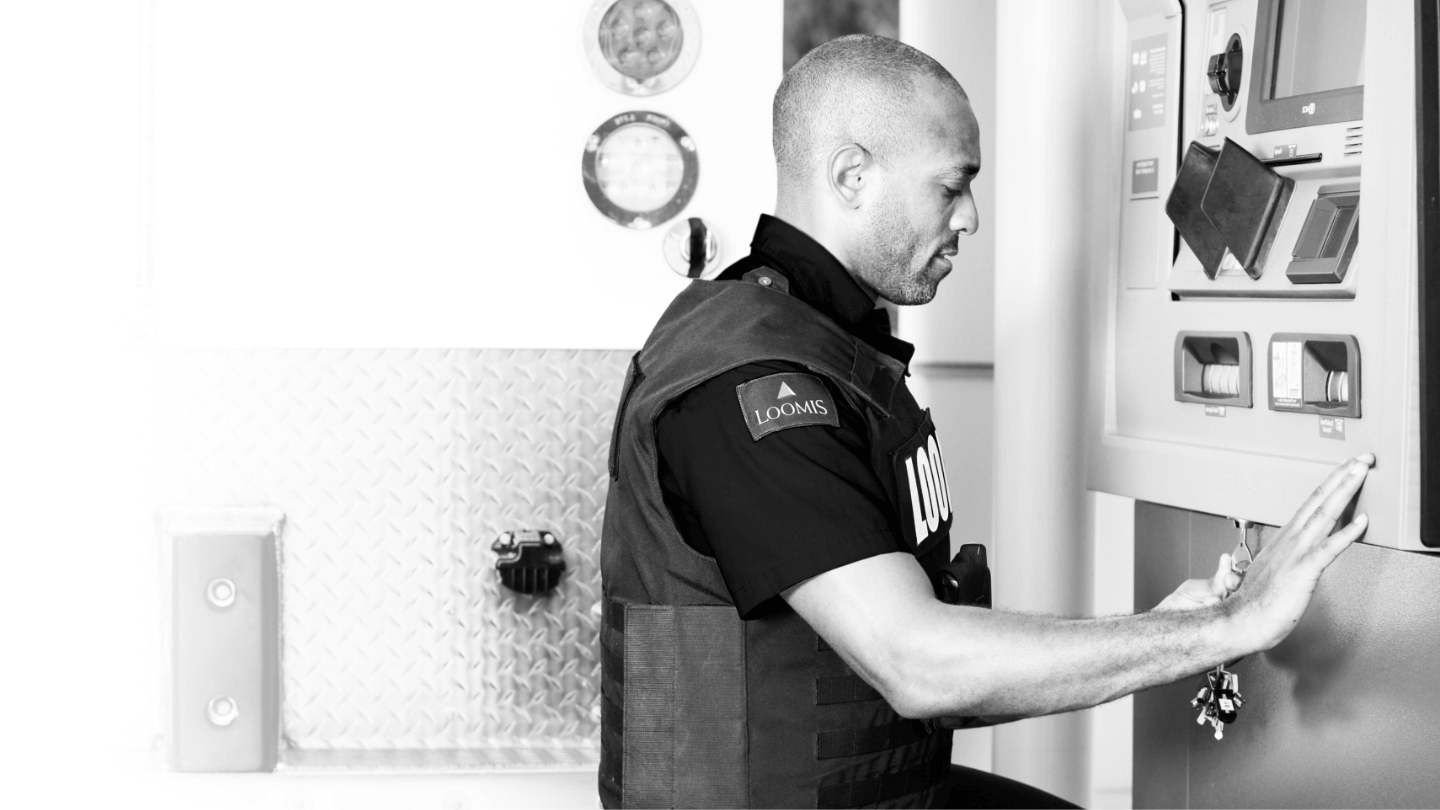Eight Cash Inventory Optimization Best Practices for Banks and Credit Unions

Despite the recent surge in digital payments and a slow decline in the number of banking branches, cash remains popular for in-person transactions and is still the primary asset an organization uses for settling debt obligations and operating expenses. The ability to optimize and manage cash operations is critical to an organization’s stability, especially financial institutions, where cash operations account for approximately six percent of operating costs related to cash—67% for handling and 33% for cost of funds and insurance in the U.S. and Canada.
Most organizations could likely finetune their cash supply chain and get a better return on cash assets with a systematic approach that goes beyond simple spreadsheets and other less programmatic methods for scheduling deliveries. Here are eight best practices for optimizing your cash inventory for your branches, ATMs, vaults, and devices to make sure your financial institution has full visibility and better control of your cash supply chain.
1. Address Customer Demand
The first—and most important—tactic is to make decisions based on data and not gut feelings. Use data to determine your devices’ actual usage at each cash point, looking for the highest cash usage days and determining the exact denomination usage with cold, hard facts.
2. Be Aware of Trends
Poring over the data will allow you to discover cash usage patterns to help you anticipate where and when to move your inventory. For example, by calculating weekly and monthly outflows, you’ll be able to see what events affect each branch, ATM, vault, and device. The data analysis will also help you prepare for seasonal activities affecting cash demand, such as at ballpark or stadium ATMs or during hurricane seasons.
3. Expect the Unexpected
In addition to following cyclical demands, you also need to be able to quickly respond to a sudden uptick in demand. Establish a rapid-fire process to order additional shipments from critical suppliers as needed, with a protocol set for switching to centralized ordering if necessary.
4. Create a Target or Limit
It’s important to recognize that limits can, and maybe should, change by the month, season, or even week. Just because the limit has always been $500,000 doesn’t mean that it’s reasonable now. In addition, insurance limits are typically much higher than actual usage, so you don’t want to use those as a guide either. Instead, use data to develop more insightful targets and get buy-in from your staff on limit levels so everyone is on the same page.
5. Update Inventory Expectations Frequently
One thing you can count on to be true—cash is fluid. One Monday’s cash usage does not equal another Monday’s. That means you should monitor residual percentages frequently—at a minimum, monthly. And keep in mind that some dates, such as Thanksgiving and Christmas, are also fluid, so your cadence may need to shift a bit to accommodate those cash-drivers.
6. Define Delivery Schedules
Above all, your data-driven analysis will be the death knell for ordering cash based on old habits. Instead, define delivery schedules based on usage and minimum/maximum limits, figuring out the total cost to deliver, including the armored car driving time and the staff time of dual currency counting. You should also determine the cost to hold (typically Yield on Earning Assets or Fed Funds) and adjust delivery schedules that are best for your ATMs, branches, vaults, and devices.
7. Review Target and Limit Performance
You should regularly compare actual usage vs. your limits, looking to see how close the two are and determining whether you’re able to adjust limits to match usage better. In addition, you’ll want to align staff to the targets as well. Make sure your branch and ATM managers are adhering to the set limits and coach managers to manage cash down to usage instead of up to a limit.
8. Implement a Review Process
To keep abreast of the dynamics in your cash supply chain, you should schedule monthly meetings with all departments involved in the cash ordering process to evaluate and adjust as needed. And every so often, you should take a step back to re-evaluate and decide if a decentralized or centralized ordering process works best for your financial institution or ATM network, asking:
- Should each location be ordering cash directly with the money supplier?
- Should an internal department approve cash orders?
- Should someone centrally place all orders on behalf of all ATMs/ITMs?
Click here to learn more about how logicpath, a Loomis Company, can help you reduce currency needs by an average of 24% using AI-driven cash inventory management.
Find out how we can help with your cash management.
Contact Us